Have you ever experienced a moment in your life that was so painful and confusing, that all you wanted to do was learn as much as you could to make sense of it all? When I was 13, a close family friend who was like an uncle to me passed away from pancreatic cancer. When the disease hit so close to home, I knew I needed to learn more. So I went online to find answers. Using the Internet, I found a variety of statistics on pancreatic cancer, and what I had found shocked me. Over 85 percent of all pancreatic cancers are diagnosed late, when someone has less than a two percent chance of survival. Why are we so bad at detecting pancreatic cancer? The reason? Today's current "modern" medicine is a 60-year-old technique. That's older than my dad. (Laughter) But also, it's extremely expensive, costing 800 dollars per test, and it's grossly inaccurate, missing 30 percent of all pancreatic cancers. Your doctor would have to be ridiculously suspicious that you have the cancer in order to give you this test. Learning this, I knew there had to be a better way. So, I set up scientific criteria as to what a sensor would have to look like in order to effectively diagnose pancreatic cancer. The sensor would have to be: inexpensive, rapid, simple, sensitive, selective, and minimally invasive. Now, there's a reason why this test hasn't been updated in over six decades. And that's because when we're looking for pancreatic cancer, we're looking at your bloodstream, which is already abundant in all these tons and tons of protein, and you're looking for this miniscule difference in this tiny amount of protein. Just this one protein. That's next to impossible. However, undeterred due to my teenage optimism -- (Laughter) (Applause) I went online to a teenager's two best friends, Google and Wikipedia. I got everything for my homework from those two sources. (Laughter) And what I had found was an article that listed a database of over 8,000 different proteins that are found when you have pancreatic cancer. So, I decided to go and make it my new mission to go through all these proteins, and see which ones could serve as a bio-marker for pancreatic cancer. And to make it a bit simpler for myself, I decided to map out scientific criteria, and here it is. Essentially, first, the protein would have to be found in all pancreatic cancers, at high levels in the bloodstream, in the earliest stages, but also only in cancer. And so I'm just plugging and chugging through this gargantuan task, and finally, on the 4,000th try, when I'm close to losing my sanity, I find the protein. And the name of the protein I'd located was called mesothelin, and it's just your ordinary, run-of-the-mill type protein, unless, of course, you have pancreatic, ovarian or lung cancer, in which case it's found at these very high levels in your bloodstream. But also, the key is that it's found in the earliest stages of the disease, when someone has close to 100 percent chance of survival. So now that I'd found a reliable protein I could detect, I then shifted my focus to actually detecting that protein, and thus, pancreatic cancer. Now, my breakthrough came in a very unlikely place, possibly the most unlikely place for innovation -- my high school biology class, the absolute stifler of innovation. (Laughter) (Applause) And I had snuck in this article on these things called carbon nanotubes, and that's just a long, thin pipe of carbon that's an atom thick, and one 50,000th the diameter of your hair. And despite their extremely small sizes, they have these incredible properties. They're kind of like the superheroes of material science. And while I was sneakily reading this article under my desk in my biology class, we were supposed to be paying attention to these other kind of cool molecules, called antibodies. And these are pretty cool because they only react with one specific protein, but they're not nearly as interesting as carbon nanotubes. And so then, I was sitting in class, and suddenly it hit me: I could combine what I was reading about, carbon nanotubes, with what I was supposed to be thinking about, antibodies. Essentially, I could weave a bunch of these antibodies into a network of carbon nanotubes, such that you have a network that only reacts with one protein, but also, due to the properties of these nanotubes, it will change its electrical properties, based on the amount of protein present. However, there's a catch. These networks of carbon nanotubes are extremely flimsy. And since they're so delicate, they need to be supported. So that's why I chose to use paper. Making a cancer sensor out of paper is about as simple as making chocolate chip cookies, which I love. (Laughs) You start with some water, pour in some nanotubes, add antibodies, mix it up, take some paper, dip it, dry it, and you can detect cancer. (Applause) Then, suddenly, a thought occurred that kind of put a blemish on my amazing plan here. I can't really do cancer research on my kitchen countertop. My mom wouldn't really like that. So instead, I decided to go for a lab. So I typed up a budget, a materials list, a timeline, and a procedure, and I emailed it to 200 different professors at Johns Hopkins University and the National Institutes of Health -- essentially, anyone that had anything to do with pancreatic cancer. I sat back waiting for these positive emails to be pouring in, saying, "You're a genius! You're going to save us all!" And -- (Laughter) Then reality took hold, and over the course of a month, I got 199 rejections out of those 200 emails. One professor even went through my entire procedure, painstakingly -- I'm not really sure where he got all this time -- and he went through and said why each and every step was like the worst mistake I could ever make. Clearly, the professors did not have as high of an opinion of my work as I did. However, there is a silver lining. One professor said, "Maybe I might be able to help you, kid." So, I went in that direction. (Laughter) As you can never say no to a kid. And so then, three months later, I finally nailed down a harsh deadline with this guy, and I get into his lab, I get all excited, and then I sit down, I start opening my mouth and talking, and five seconds later, he calls in another Ph.D. Ph.D.s just flock into this little room, and they're just firing these questions at me, and by the end, I kind of felt like I was in a clown car. There were 20 Ph.D.s, plus me and the professor crammed into this tiny office space, with them firing these rapid-fire questions at me, trying to sink my procedure. How unlikely is that? I mean, pshhh. (Laughter) However, subjecting myself to that interrogation -- I answered all their questions, and I guessed on quite a few but I got them right -- and I finally landed the lab space I needed. But it was shortly afterwards that I discovered my once brilliant procedure had something like a million holes in it, and over the course of seven months, I painstakingly filled each and every one of those holes. The result? One small paper sensor that costs three cents and takes five minutes to run. This makes it 168 times faster, over 26,000 times less expensive, and over 400 times more sensitive than our current standard for pancreatic cancer detection. (Applause) One of the best parts of the sensor, though, is that it has close to 100 percent accuracy, and can detect the cancer in the earliest stages, when someone has close to 100 percent chance of survival. And so in the next two to five years, this sensor could potentially lift the pancreatic cancer survival rates from a dismal 5.5 percent to close to 100 percent, and it would do similar for ovarian and lung cancer. But it wouldn't stop there. By switching out that antibody, you can look at a different protein, thus, a different disease -- potentially any disease in the entire world. So that ranges from heart disease, to malaria, HIV, AIDS, as well as other forms of cancer -- anything. And so, hopefully one day, we can all have that one extra uncle, that one mother, that one brother, sister, we can have that one more family member to love. And that our hearts will be rid of that one disease burden that comes from pancreatic, ovarian and lung cancer, and potentially any disease. But through the Internet, anything is possible. Theories can be shared, and you don't have to be a professor with multiple degrees to have your ideas valued. It's a neutral space, where what you look like, age or gender -- it doesn't matter. It's just your ideas that count. For me, it's all about looking at the Internet in an entirely new way, to realize that there's so much more to it than just posting duck-face pictures of yourself online. (Laughter) You could be changing the world. So if a 15 year-old who didn't even know what a pancreas was could find a new way to detect pancreatic cancer -- just imagine what you could do. Thank you. (Applause)
Related talks
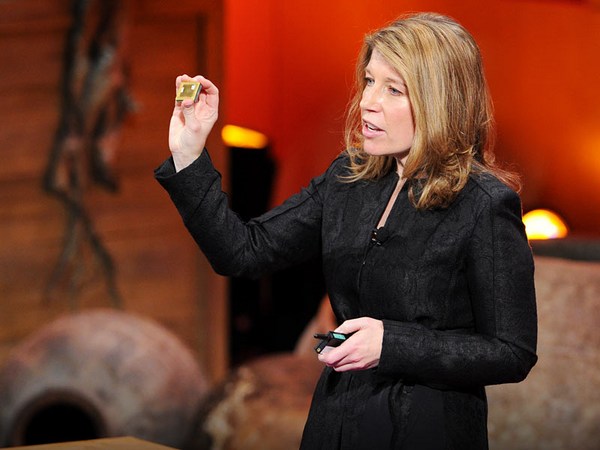
Deborah Rhodes: A test that finds 3x more breast tumors, and why it's not available to you
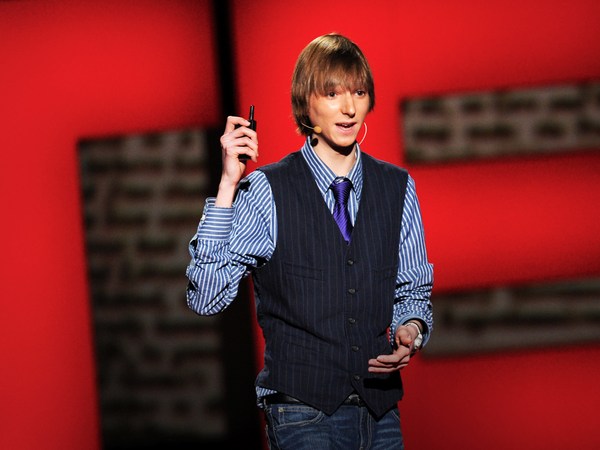
Taylor Wilson: Yup, I built a nuclear fusion reactor
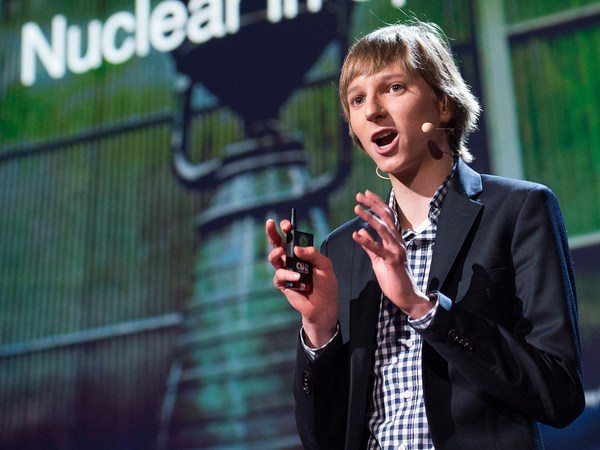
Taylor Wilson: My radical plan for small nuclear fission reactors
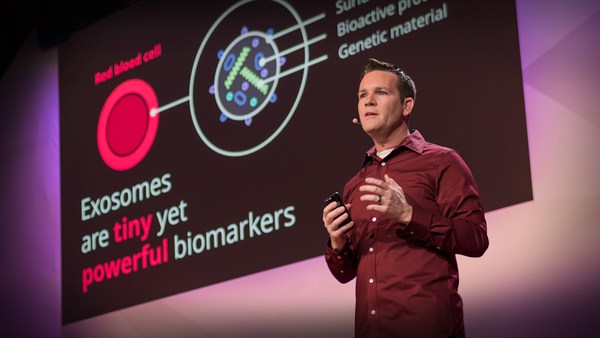
Joshua Smith: New nanotech to detect cancer early
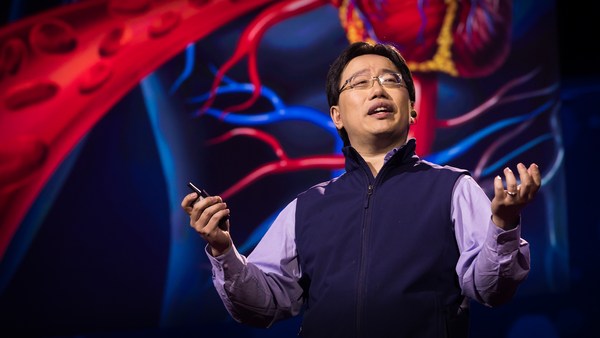
Jimmy Lin: A simple new blood test that can catch cancer early
